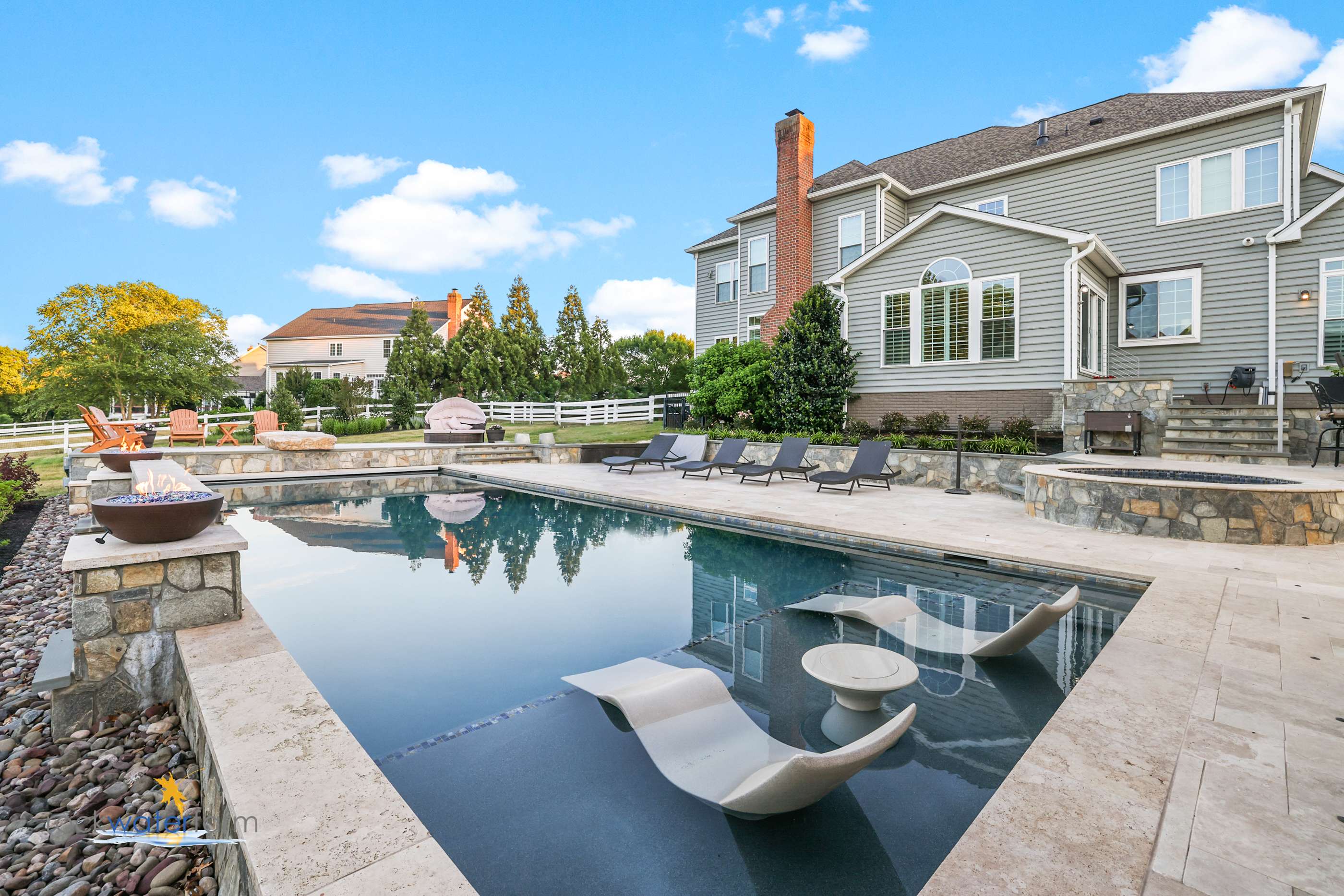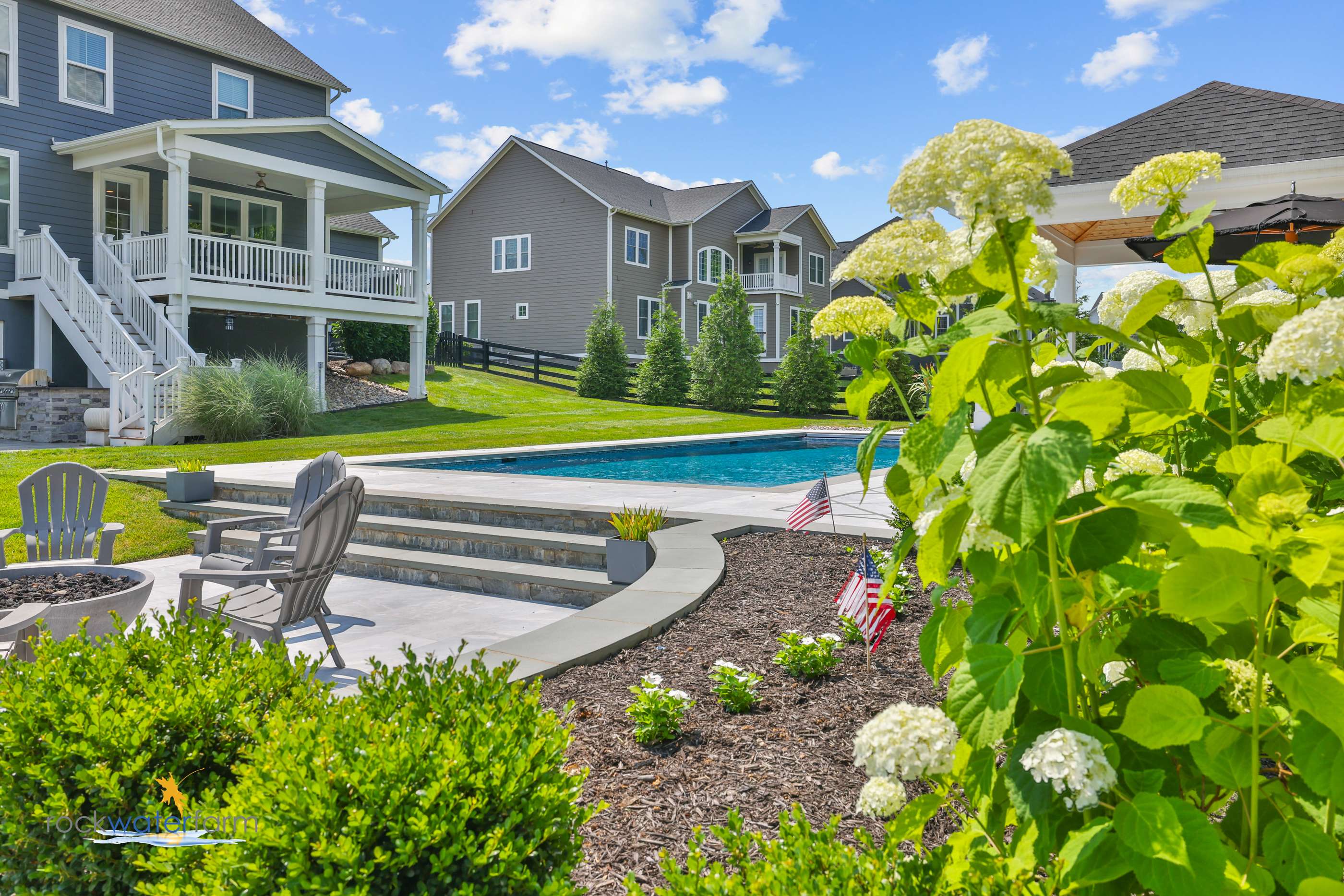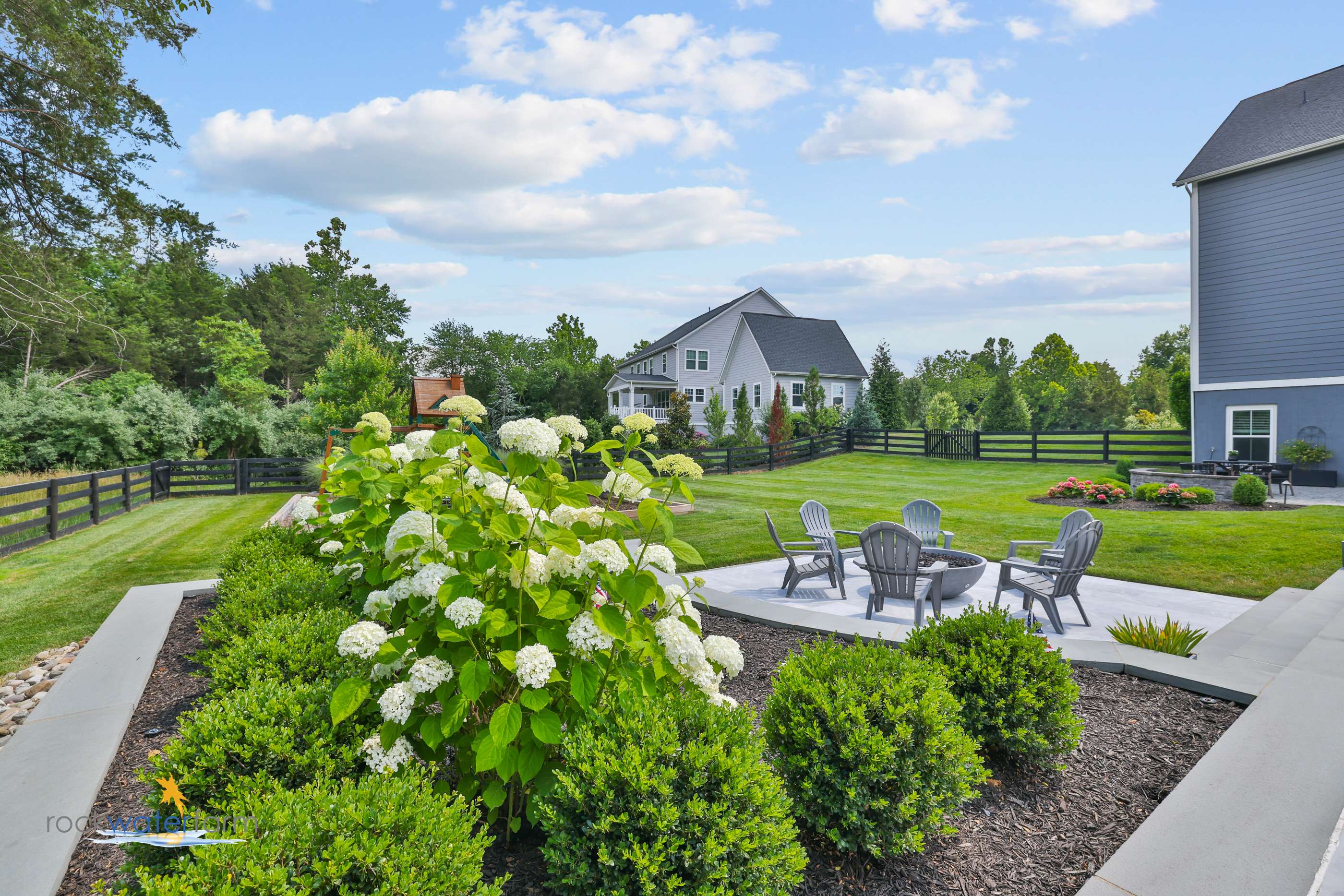When it comes to something as important as your patio or other hardscaping space (like a walkway or retaining wall), you want to know that you’re going to get the most value out of your investment.
We’ve talked in previous articles about how strongly we feel about using natural stone for these types of projects. Natural stone, which has been quarried and trucked in, direct from nature, is simply something that cannot be replicated. Although they make pavers that look like natural stone, the truth is, nature can’t ever be fully replicated.
In this article, we’ll dive into some of the paver problems that might give you hassles and headaches that you wouldn’t have to deal with if you were to choose natural stone. While we do believe there are some circumstances where pavers can work (like a driveway), we’ll explain why natural stone is ultimately your superior choice for a patio or focal hardscaping project.
What are Some of the Most Common Paver Problems?
As you consider what material to use for an upcoming hardscaping project, we believe it’s helpful to have all of the facts. Over the years, we have seen problems with paver and sand as well as other potential challenges that can impact the overall look and enjoyment of your space.
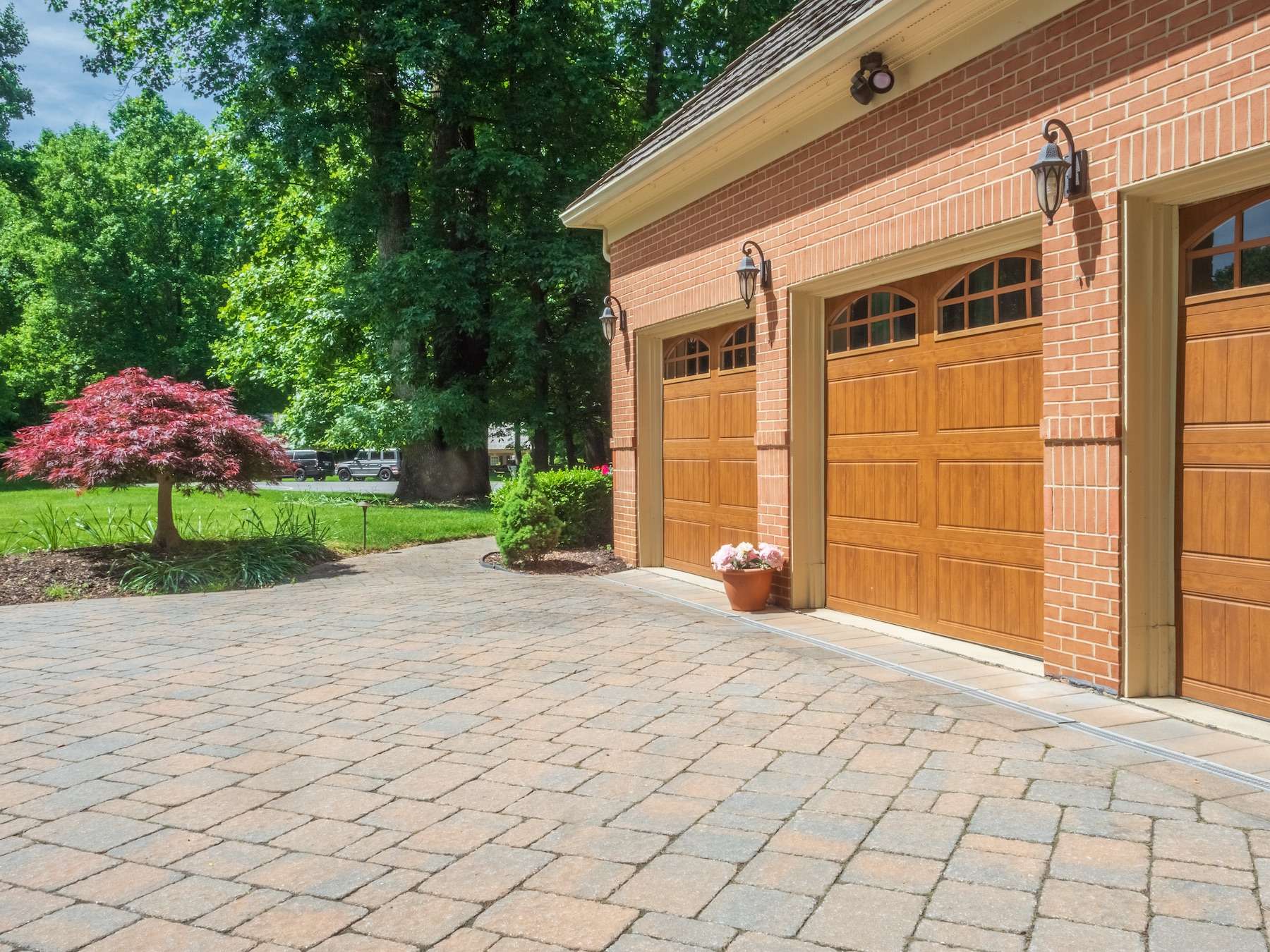
Let’s dive into what these can be.
Pavers and Sand Breakdown
One of the big problems with pavers is actually with the joints in between each of them. Overtime (usually around 5 years), the polymeric sand used in between the pavers (which helps lock them in place) will begin to break down. 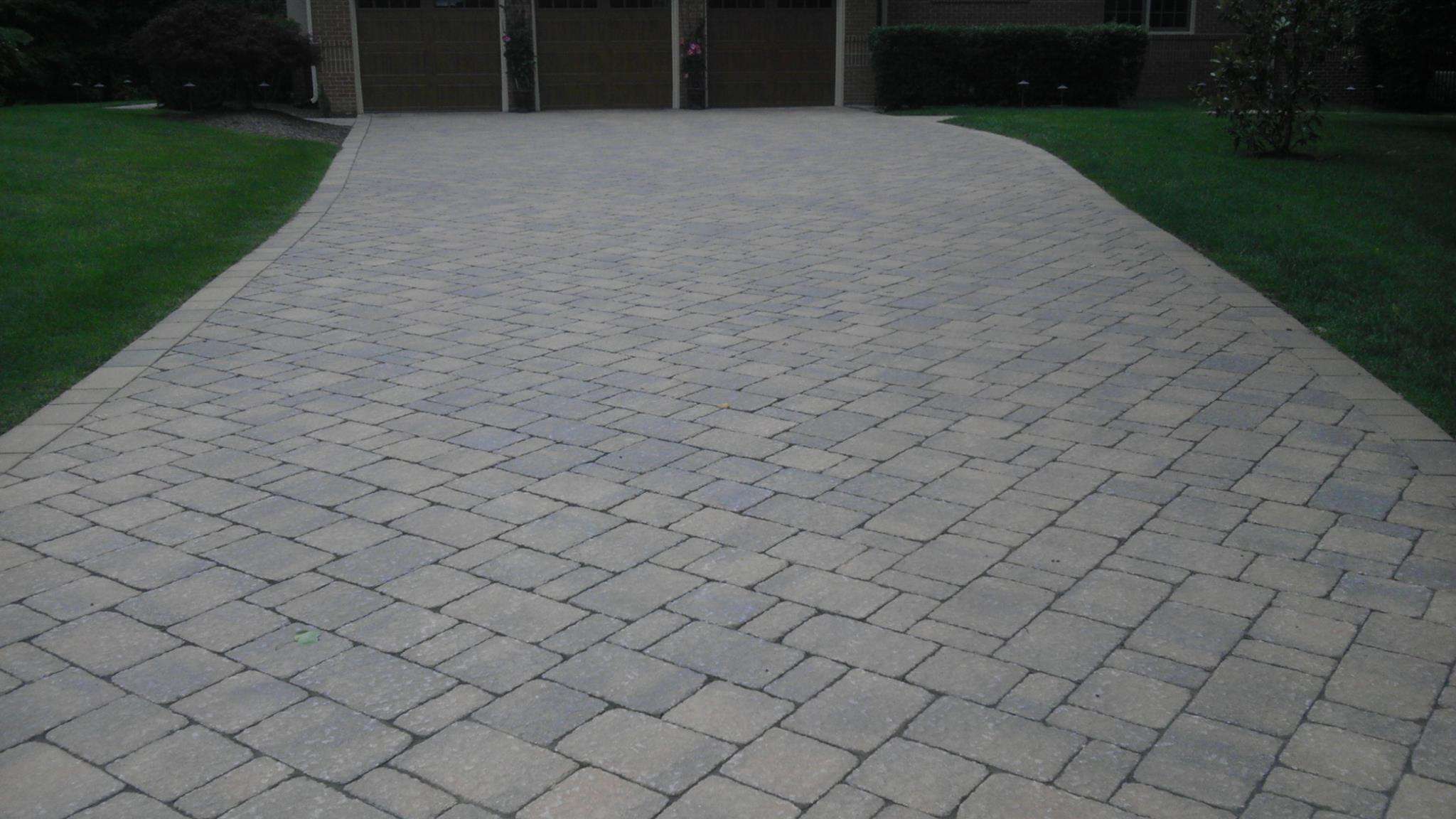
Take one of our hot summer days and then a thunderstorm passing through—these dramatic weather variations can begin to take a toll. The sand gets hot, then wet, then dried out—and it begins to crack and look dirty. The freeze/thaw cycle can also play a role.
Ultimately, you’ll need to pressure-wash the sand out and relay all of the sand. But you’ll never quite get the same bond again and that means that the joints may start to break down even sooner the next time.
Color Fading
In addition to pavers and sand problems, another big problem is color fading. With the sun beating down on your pavers, they begin to become bleached. A darker paver will get lighter and lighter over time. A dark-gray paver, for instance, may start to look like a light-gray one as the sun takes its toll.
This is different from natural stone, which has stood the test of time in nature for thousands of years.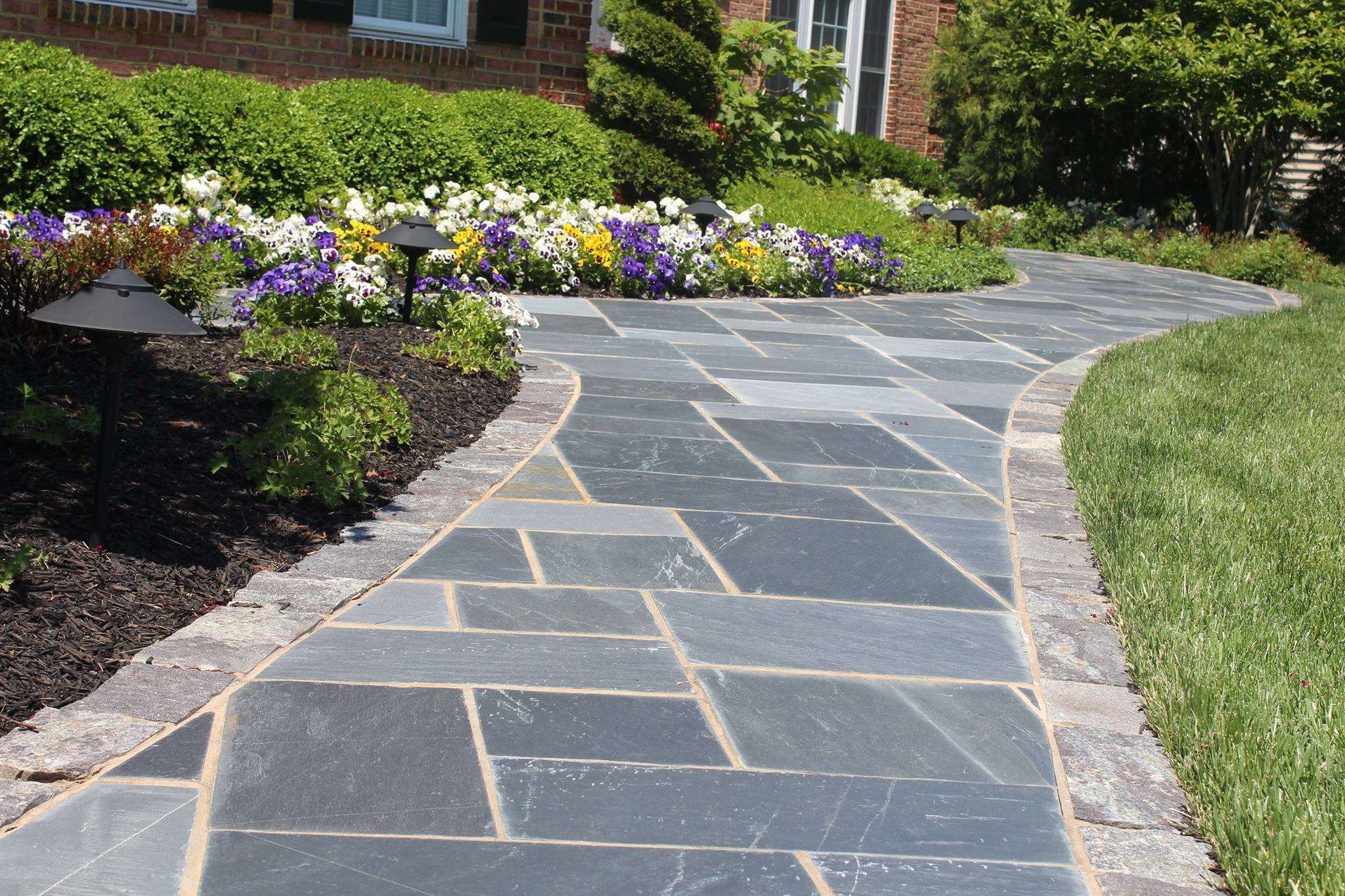
Pavers also just lack the overall natural richness of tone that is found in natural stone. The color of each paver is nowhere near as impressive. Even though you can add a sealer to deepen the color of a paver, it’s never going to top the inherent beauty and elegance of the colors found in nature.
Overall Durability
In general, the overall durability of pavers just doesn’t stand up to natural stone (which again, has stood the test of time). Pavers can weather over time and begin to expose the aggregate, which are the tiny rocks and pebbles that comprise the structural filler in concrete and act as a binding agent.
But natural stone is going to outlast your time in your home. The durability (and therefore “longevity”) of natural stone is simply unmatchable.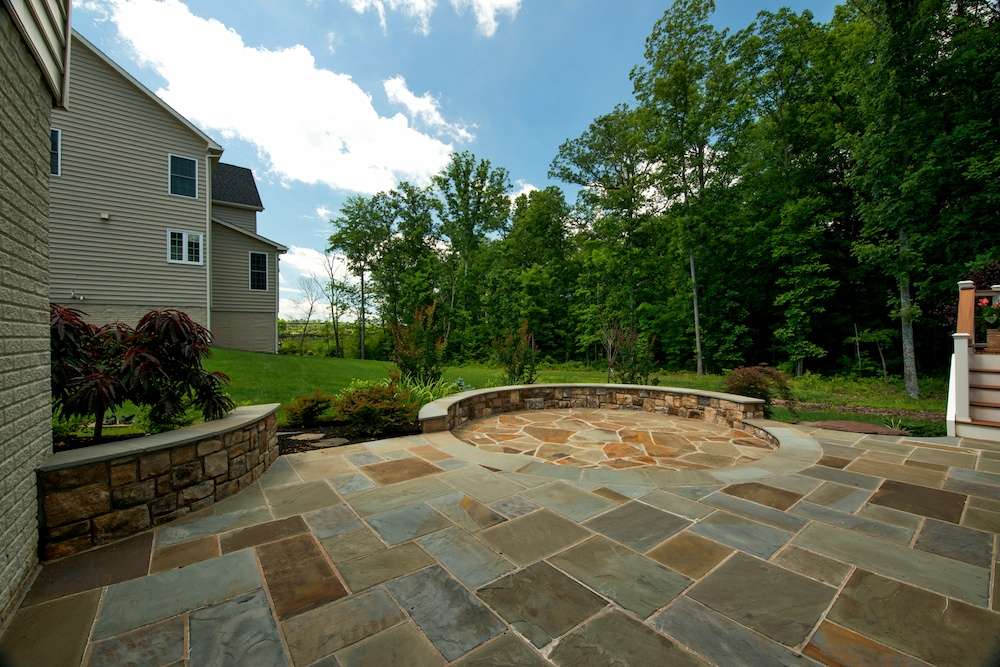
Paver Problems Aside, They Have a Place
While it may seem like we’re coming down really harsh on pavers, we truly believe that it’s important for homeowners to understand exactly what they’re getting so that they have realistic expectations.

We’ve been clear before that we don’t believe pavers can match the quality, durability, or overall beauty of natural stone, and for something as important as your patio or even a feature like a stone fireplace, we find that homeowners would generally spend a little bit more on a better product and gain all of the benefits that come with it.
But the fact is, natural stone does cost more and in a large project, it can really start to add up.
This is because you’re not only paying for a superior material but also a lot of extra labor that comes with installing it. It takes more time to install natural stone than it does manmade pavers as they aren’t made to fit together like puzzle pieces or legos (the way that pavers are).
There are both artistry and high-level skills involved.
With that being said, there are times when compromises must be made. Everyone has a budget to work with and we are respectful of that. If it comes down to having an all-natural stone patio or an outdoor kitchen, we understand that some homeowners would prefer to compromise on the material. But oftentimes, we might talk about making sure we are using natural stone for prominent features such as a vertical fireplace, which becomes almost a “showpiece” of the space.
There are also certain projects to which pavers are well-suited—particularly a project that is more utilitarian in nature (as opposed to being the “main feature”). A driveway is a perfect example. 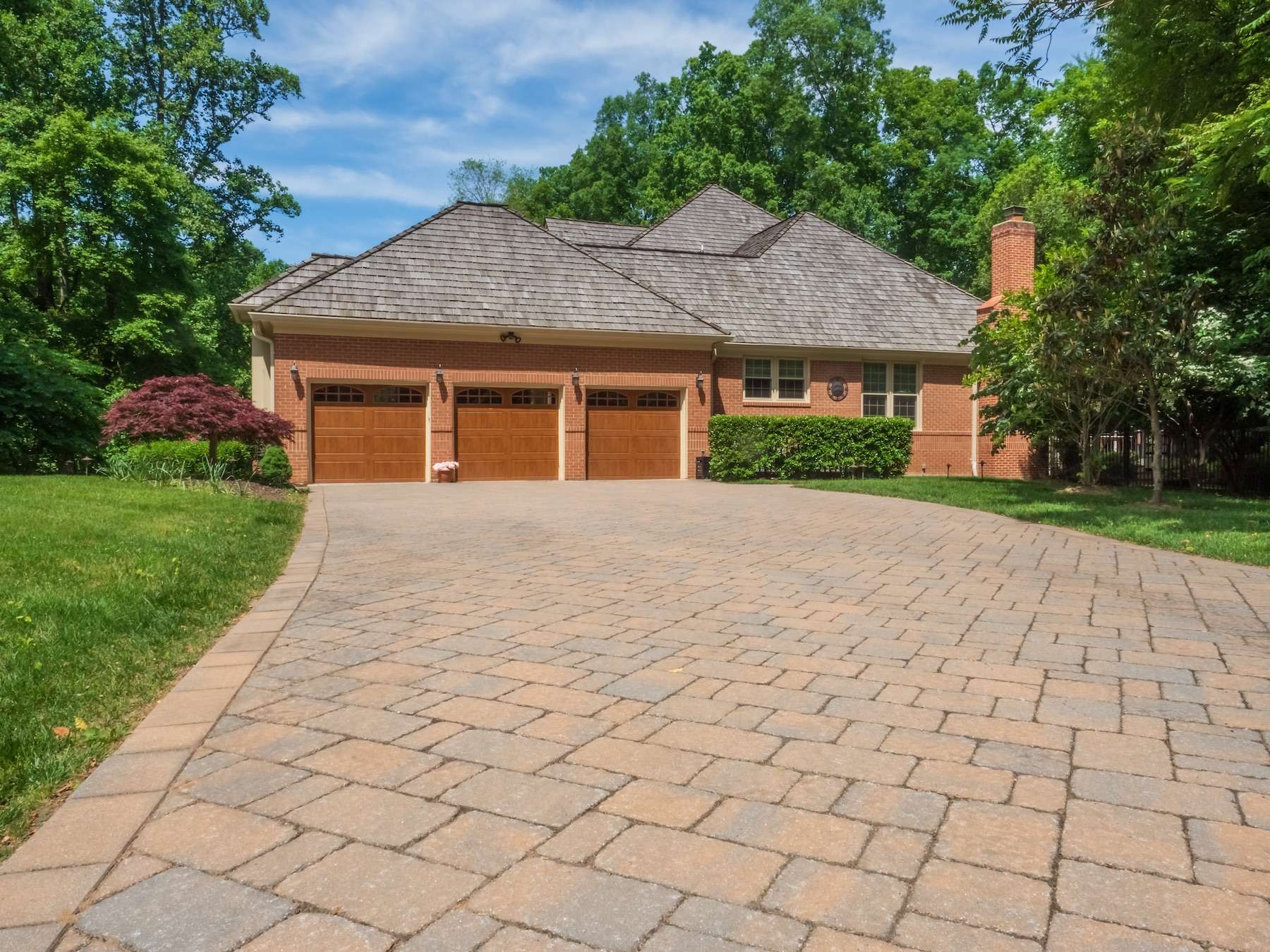
You expect a driveway to get some wear and tear so it’s not a huge deal if it does. After all, you’re driving over it! You expect it to get dirty and it doesn’t have to always look perfect.
You’re probably not hosting a party on your driveway—but you are on your patio!
We have built paver driveways for our clients, which are a huge upgrade from asphalt. The pavers look great and nobody really cares if they start to fade in color or begin to look worn over time. They’re serving their functional purpose and look much better aesthetically than asphalt or concrete.
Working with a Landscaper Who Cares About Your Long-Term Happiness
We’ll be completely honest in telling you that pavers are much easier to work with than natural stone. We don’t choose to work with natural stone because it’s easier on us but rather that we truly believe it’s the best material out there and will provide our clients with long-time happiness. We’ve torn out too many paver patios to replace them with natural stone to ever be able to tell you otherwise.
Still, we know there are landscapers out there that just want to do what’s quickest and easiest for them. They can slap together a paver patio and move on to the next project much more quickly than working with a material like natural stone. It takes an artistic eye and a lot of skill to build a natural stone project.
It boils down to the fact that we genuinely care about our clients and we do not want you to be disappointed in the long run wishing that you had invested a little bit more and gotten a superior product. We always want our clients to be as happy with their projects 10 or 20 years down the road as they are the day that it’s completed. After all, this is going to become a place where you spend time with family and friends, making lifelong memories. Because of that, we want you to have the best that there is.
If you’d like to discuss adding a natural stone patio or another project to your Ashburn, Leesburg, or Great Falls, VA backyard, talk to an expert, choose a solution that rocks, and then get ready to see your dream come to life.



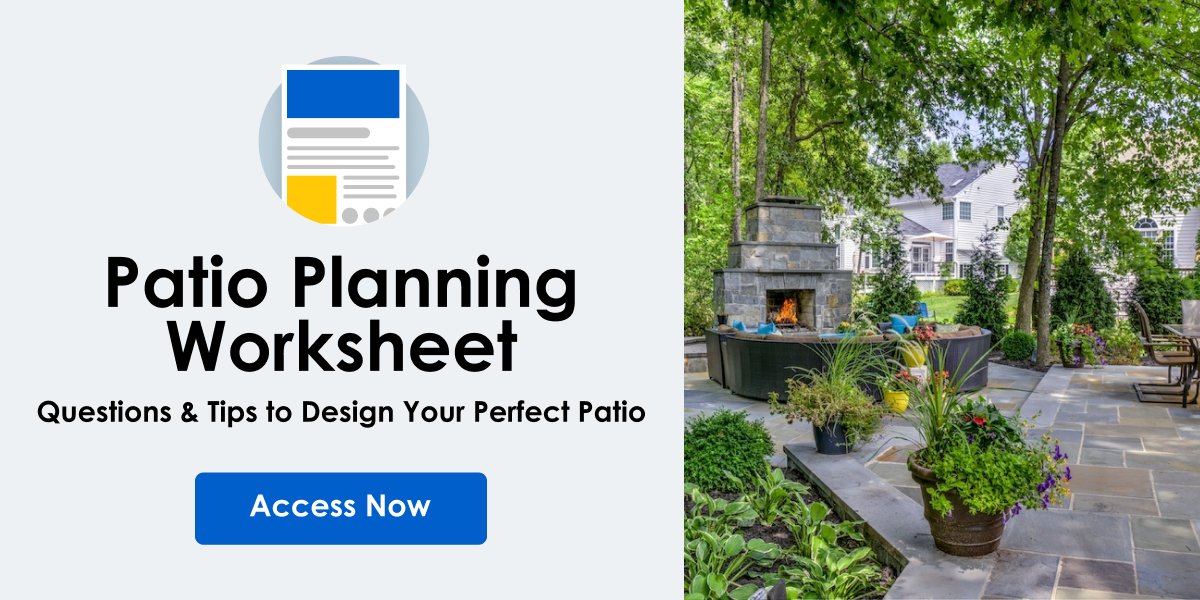
%20Facebook%202025-03-17%20at%201.11.44%20PM.jpg)
